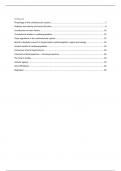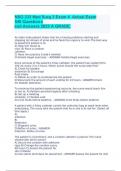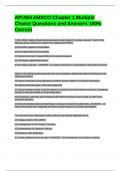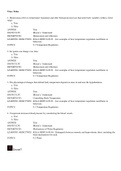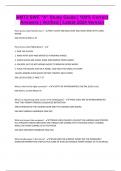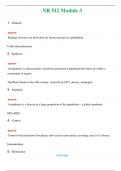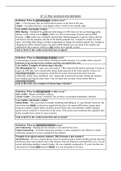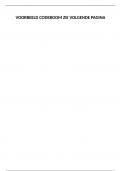College aantekeningen
Lectures Heart Failure and Therapy (minor Biomedical Topics in Healtcare)
Summary of all the lectures given during the course Heart failure and Therapy, It includes all the material you need to study for the exam. I got an 8.5 for the exam by studying this summary. (voor o.a. gezondheidswetenschappen, gezondheid en leven, biomedische wetenschappen, medische natuurwe...
[Meer zien]
